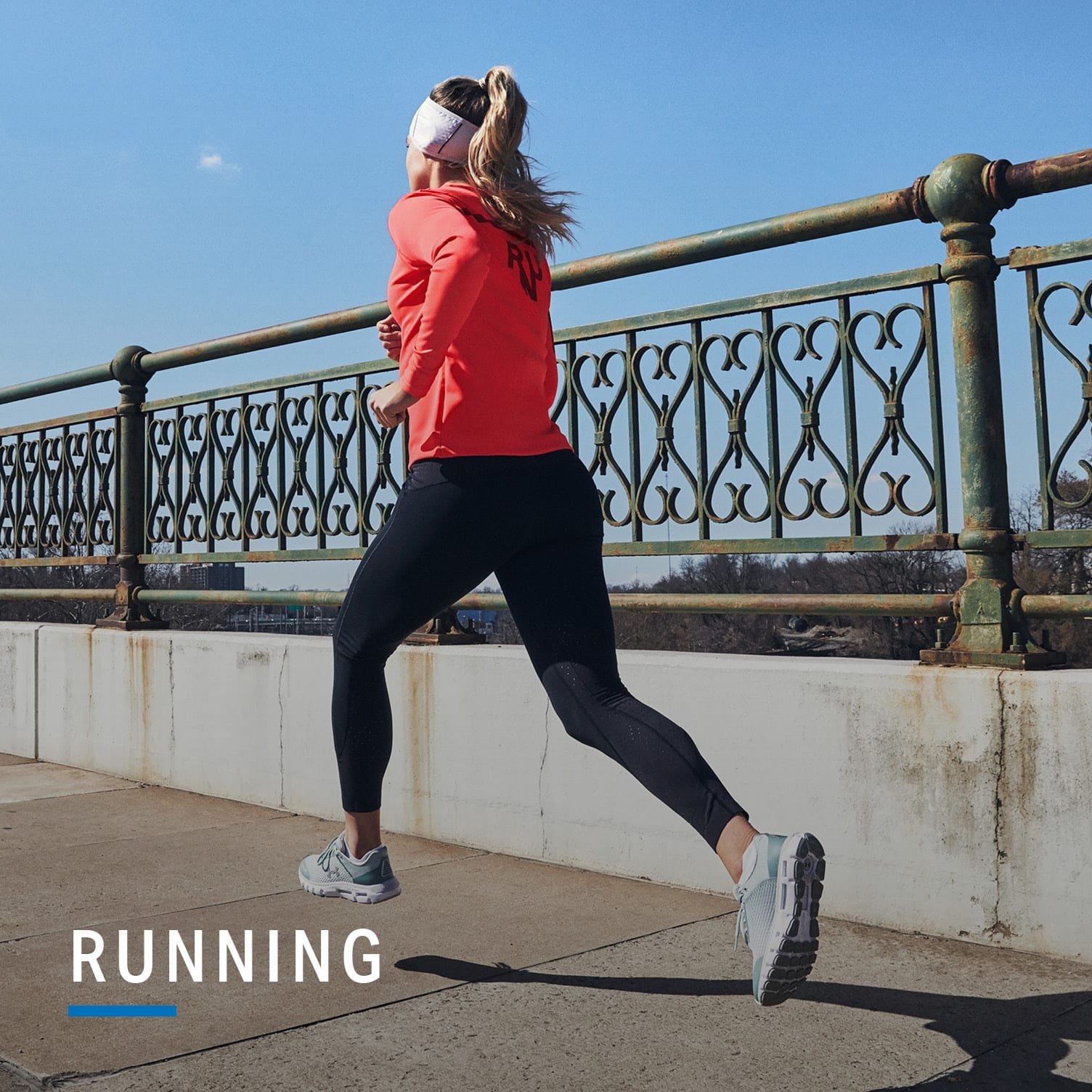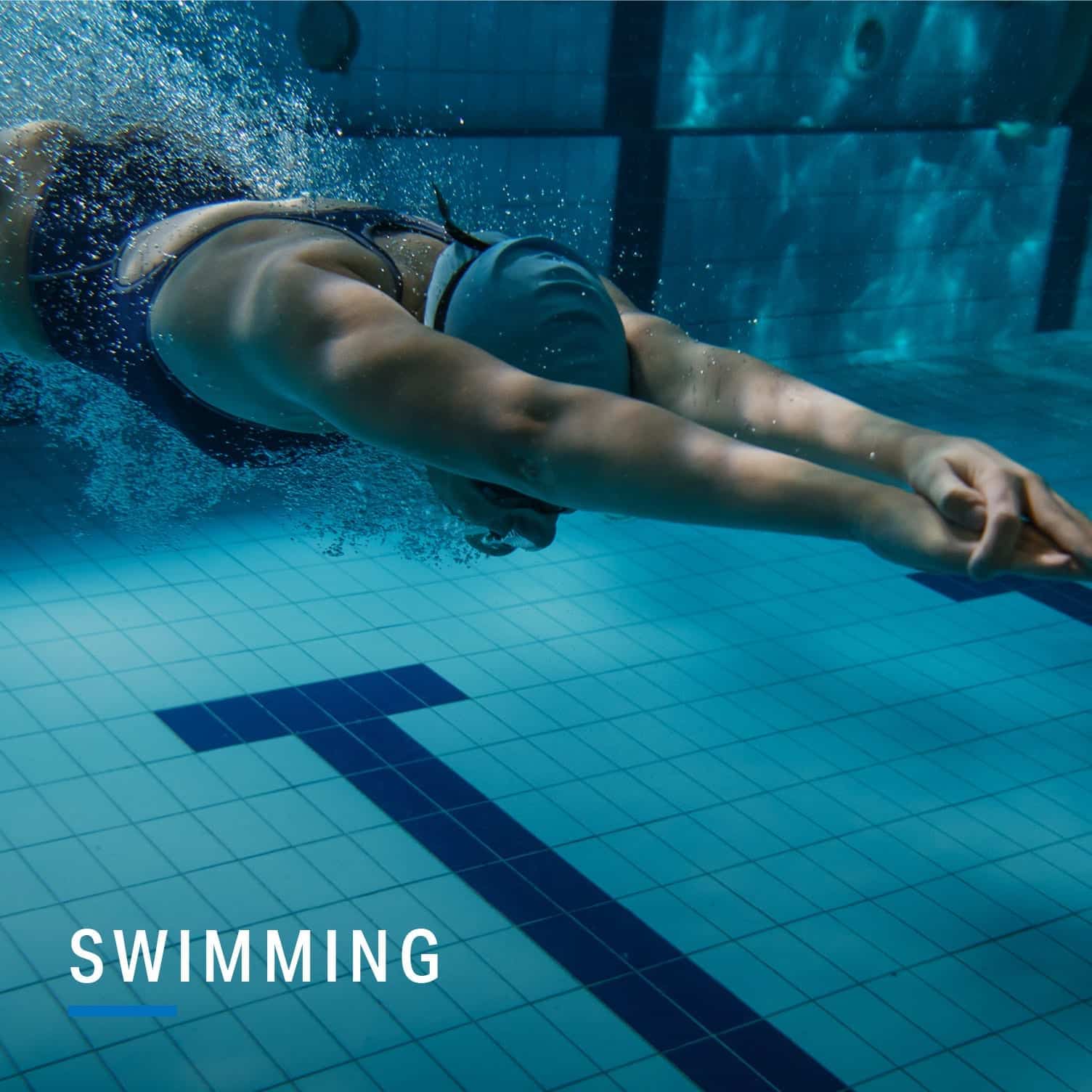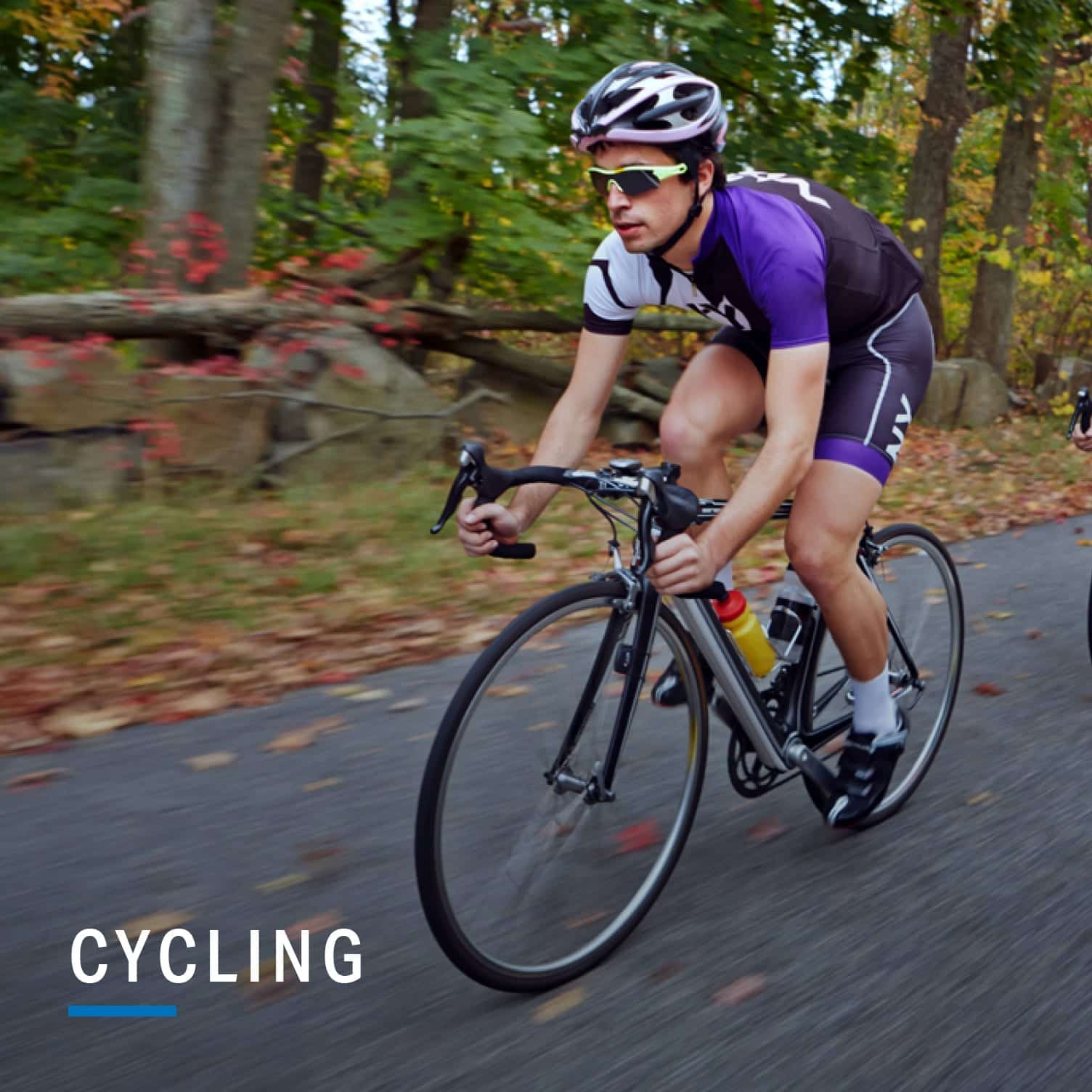- Joined
- Aug 20, 2022
- Messages
- 24,826
- Points
- 113
Is Walking or Running Better for Your Health? Benefits and Risks
www.verywellhealth.com
There are tons of benefits of exercise for physical, mental, and emotional health.
But when it comes to running vs. walking, there’s not much of a difference: both running and walking improve your overall health, and neither exercise is inherently better than the other.
When deciding whether running vs. walking is better for you, consider your personal goals.
If you’d like to complete a race or burn the most possible calories, running may be best; whereas walking provides key health benefits and is a low-impact exercise, great for people who have arthritis, knee pain, or other health concerns.
:max_bytes(150000):strip_icc():format(webp)/GettyImages-1305666313-296dddacc08a47228ce130c561b528c3.jpg) The Good Brigade / Getty Images
The Good Brigade / Getty Images
Running has all of the benefits of cardiovascular exercise listed above, in addition to:
Both walking and running have physical and mental health benefits. They allow you to exercise without special equipment, can give you time in nature (which offers added health benefits), and can provide social opportunities if you walk with a friend or do races with a group.
Running might be the right choice for you if you enjoy higher-intensity exercises. Running allows you to burn more calories per minute, which may increase weight loss. One study found that while running and walking both promote weight loss, there was a greater degree of weight loss among people who ran compared to those who walked.
Walking is a great option if you are just starting a fitness routine. Walking is accessible for most people and is a great way to ease into exercise. Because it’s low-impact and less intense than running, it’s a great place to start if you’re beginning.
Although running burns more calories per minute, walking has significant calorie burn too, and can contribute to long-term weight loss and weight management.
The best way to avoid injury while running is to start slowly and increase the distance and speed over time.
Cardiovascular exercises like these can boost your physical and mental health. Running provides greater calorie burn per minute, while walking is more easily accessible and has fewer risks.
You can increase your walking calorie burn by walking on an incline or adding a weighted backpack. Remember, moving is one of the most important things you can do for your health, whether you’re moving at a walking, jogging or running pace.
www.verywellhealth.com
There are tons of benefits of exercise for physical, mental, and emotional health.
But when it comes to running vs. walking, there’s not much of a difference: both running and walking improve your overall health, and neither exercise is inherently better than the other.
When deciding whether running vs. walking is better for you, consider your personal goals.
If you’d like to complete a race or burn the most possible calories, running may be best; whereas walking provides key health benefits and is a low-impact exercise, great for people who have arthritis, knee pain, or other health concerns.
:max_bytes(150000):strip_icc():format(webp)/GettyImages-1305666313-296dddacc08a47228ce130c561b528c3.jpg)
Benefits of Cardio Exercise
Cardiovascular exercise is movement that raises your heart rate and gets you breathing a bit heavier than you normally would. There are lots of benefits of cardio, including:- Longer life span
- Lower blood pressure
- Lowered risk of cardiovascular disease
- Better sleep
- Better mental health
- Reduced body fat
- Improved immune system function
Benefits of Running
Running allows you to meet your recommended exercise in about half the amount of time, making it a great choice for people who are tight on time. In addition, running might be a good choice if you’d like to complete a specific race, or become faster and more agile on the sports field.Running has all of the benefits of cardiovascular exercise listed above, in addition to:
- A longer life span: One study found that runners, on average, live three years longer than non-runners.
- Increased calorie burn: Running burns nearly double the calories per minute that walking does.4
- Stronger bones: While both running and walking improve bone density, research shows runners tend to have stronger bones than people who walk for exercise.5
Benefits of Walking
Walking also has the benefits of cardiovascular exercises listed above, in addition to these perks:- It’s accessible: Most people can walk without any special training or equipment. Walking is typically easy to start, even for people who have a lower fitness level or mobility challenges.
- It can reduce cravings: Studies have found that people were less likely to crave chocolate after a 15-minute walk.
- It can fight joint pain: People who walk consistently report less arthritis-related joint pain, research shows.
- It can reduce the genetic risk for obesity: Among people who have genes that contribute to obesity, the impact of those genes was cut in half for people who walked regularly, one study found.
Calories Burned Walking vs. Running
Running burns about 15.1 calories per minute, while walking burns about 8.7 calories per minute for a 160-pound person. A person of that weight will burn 453 calories on a 30-minute run vs. 261 calories on a 30-minute walk.Which Is Better: Walking or Running?
Neither is inherently better than the other. Which is right for you will depend on your goals and which activity you enjoy more.Both walking and running have physical and mental health benefits. They allow you to exercise without special equipment, can give you time in nature (which offers added health benefits), and can provide social opportunities if you walk with a friend or do races with a group.
Running might be the right choice for you if you enjoy higher-intensity exercises. Running allows you to burn more calories per minute, which may increase weight loss. One study found that while running and walking both promote weight loss, there was a greater degree of weight loss among people who ran compared to those who walked.
Walking is a great option if you are just starting a fitness routine. Walking is accessible for most people and is a great way to ease into exercise. Because it’s low-impact and less intense than running, it’s a great place to start if you’re beginning.
Although running burns more calories per minute, walking has significant calorie burn too, and can contribute to long-term weight loss and weight management.
Avoiding Injury
Whether you choose walking or running, it’s important to take some precautions to avoid injury, including:- Always talk with your healthcare provider before starting a new exercise regimen, especially if they’re helping you manage any underlying health concerns.
- Warm up and cool down before and after you exercise.
- Stretch before and after exercise.
- Wear reflective material and other safety gear if walking or running outside.
- Start slowly and choose a manageable goal and increase your exercise slowly. This will help your body adjust to your new routine and avoid injury.
Risks of Running
Running is a high-impact, vigorous exercise, so it has more potential for risk than walking does, including:The best way to avoid injury while running is to start slowly and increase the distance and speed over time.
How to Increase the Intensity of Walking
If you’re already walking and you want to increase the intensity of your workouts, you have many options—not just running. These adjustments can help you step up your workout, without running:- Walk an incline: Walking on hills or an incline will drastically boost the calories you burn and your exertion. Walking at a 10% incline will double the calories you burn compared to walking on a flat surface.
- Wear a weighted vest or backpack: Adding weight while you walk will result in more calorie burn and effort. Try rucking, a popular low-impact activity that means walking with a weighted backpack.
- Increase your speed: Power walking will deliver a more intense workout than a stroll.
Summary
Whether you want to lose weight or just improve your overall health, walking and running are both great choices.Cardiovascular exercises like these can boost your physical and mental health. Running provides greater calorie burn per minute, while walking is more easily accessible and has fewer risks.
You can increase your walking calorie burn by walking on an incline or adding a weighted backpack. Remember, moving is one of the most important things you can do for your health, whether you’re moving at a walking, jogging or running pace.






